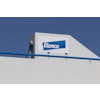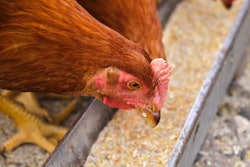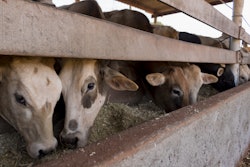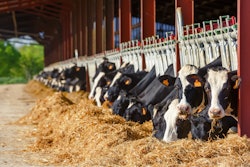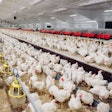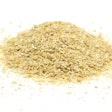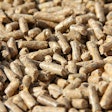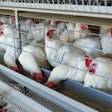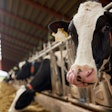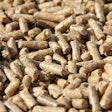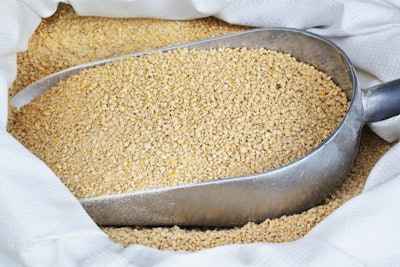
Good layer feeds are pelleted or crumbled; fine dust is not tolerated by buyers as this is considered poor workmanship. Sometimes pellets/crumbled are sieved, but this may result in unbalanced final feeds, especially when sievings are added to another batch of feed. It is better to start with a strong pellet, and for that there are three main strategies.
1. Wheat and wheat byproducts
It is well known that more than 10% wheat in a diet will improve pellet durability, but wheat is not always available, or priced favorably, or even desired by everyone. A similar solution to wheat would be whey protein concentrate, but that is a very expensive solution. So, wheat remains the only feed ingredient of practical application, and sometimes nutritionists are “forced” to use it only for pellet durability. But this does not always have to be the case.
2. Clay products
There is a great offering of different clay-type products that can improve pellet durability. Some even bind mycotoxins to a greater or lesser degree, but they may also bind some vitamins and minerals. Others attract water resulting in reduced incidences of wet litter and/or dirty eggs. A specific product has been shown to help layers overcome heat stress, but that requires more verification. Each nutritionist has a favorable product, and that is often based on personal experiences.
3. Lignosulfonates
These are chemical compounds that markedly increase pellet durability. This is their only function and thus they may increase feed cost without additional benefits, so they are not as widespread as they could be. Nevertheless, the right product will offer the quality of pellets desired, often after some experimentation regarding the right dosage for each specific feed formula.


